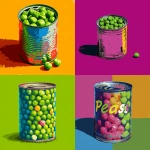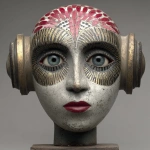Explore the Best AI Image Gallery
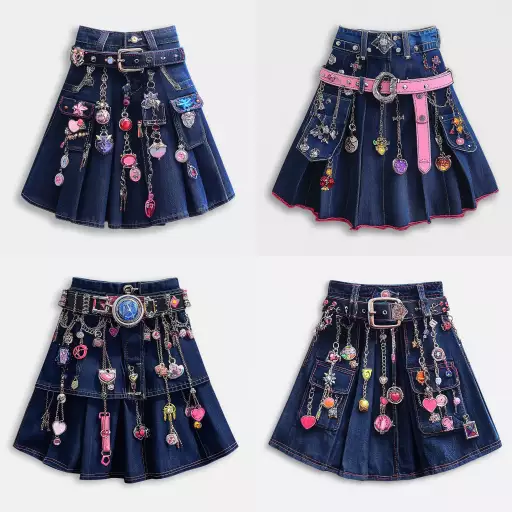
The Algorithmic Brush: Exploring the Ethics of AI-Generated Media
The creative landscape is undergoing a profound transformation as artificial intelligence (AI) steps into the role of artist, designer, and storyteller. AI-generated media, ranging from stunning visuals to captivating music and compelling narratives, is rapidly blurring the lines between human and machine creativity. While this technological advancement holds immense promise for innovation and expression, it also raises critical ethical questions that demand careful consideration.
The Rise of AI Creativity
AI-powered tools are now capable of generating high-quality media content across various mediums. Generative adversarial networks (GANs) can produce realistic images, videos, and audio, while natural language processing (NLP) models can craft compelling text, scripts, and even poetry. This accessibility has democratized creative processes, empowering individuals with limited technical expertise to participate in the creation of media.
Impact on the Creative Industry
The implications of AI-generated media for the creative industry are multifaceted:
- New Opportunities: AI can augment human creativity by automating repetitive tasks, generating ideas, and exploring novel concepts. It can also open up new avenues for artistic expression, allowing creators to experiment with unconventional forms and techniques.
- Efficiency and Cost-Effectiveness: AI can streamline workflows, reduce production costs, and accelerate the creation process, making media production more efficient and accessible.
- Evolving Job Roles: While some creative roles may be automated, new opportunities will emerge in areas such as AI training, content curation, and ethical oversight. The focus will shift towards roles that require human ingenuity, critical thinking, and emotional intelligence.
Ethical Considerations
The rise of AI-generated media raises several ethical concerns:
- Copyright and Ownership: Questions arise about the ownership and copyright of AI-generated content. Who holds the rights to the work—the developer of the AI, the user who provides input, or the AI itself?
- Bias and Representation: AI models are trained on vast datasets, which can contain inherent biases that reflect societal prejudices. This can result in AI-generated content that perpetuates stereotypes and reinforces inequalities.
- Authenticity and Trust: The increasing ability to generate realistic fake media poses a threat to authenticity and trust. It becomes more difficult to distinguish between real and artificial content, raising concerns about misinformation and manipulation.
- Job Displacement: The automation of creative tasks by AI could lead to job losses in the creative industry, requiring societal adaptations and support systems for affected workers.
Future Trends
The field of AI-generated media is constantly evolving. Future trends include:
- More Sophisticated AI Models: Advancements in AI research will lead to even more powerful and versatile models capable of generating increasingly realistic and nuanced content.
- Increased Personalization: AI can be used to create personalized media experiences tailored to individual preferences and interests.
- Immersive Experiences: AI-generated content will play a key role in creating immersive virtual and augmented reality experiences.
- Ethical Frameworks and Regulations: As AI-generated media becomes more prevalent, the need for ethical guidelines and regulations will grow to address concerns about bias, ownership, and authenticity.
The integration of AI into creative processes presents both exciting opportunities and complex challenges. By navigating these ethical considerations thoughtfully and fostering responsible innovation, we can harness the power of AI to enhance human creativity and shape a future where technology and art coexist harmoniously.





](https://images.ai-img.art/thumbnails/150/6a577517a359cd2bc6212d6b0f12c7cab660841317023550a76c84f409c7f2d0.webp)
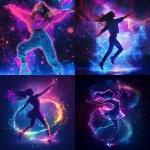









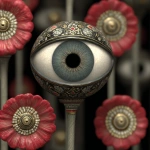
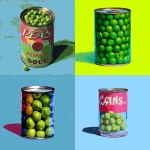







](https://images.ai-img.art/thumbnails/150/6a9bb97a3f1c45ab616724cc54bca010cbcc2d658a9c0e4581aa181c88046444.webp)


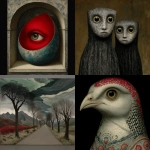



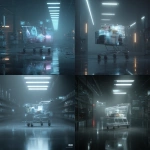


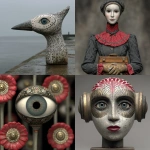




](https://images.ai-img.art/thumbnails/150/45237dfa7845159b860f9e234c48c4418e8efcb52b4d15da4493f46e6a99f337.webp)


](https://images.ai-img.art/thumbnails/150/065f0b2e150f4cc43a9da80d822e8a385e9e50f2f6ff2cc3be7639cfd74952da.webp)

](https://images.ai-img.art/thumbnails/150/1b14bd827b740aca3b0d8efa7ed6865e28c7c8382172f3f565c96b6c5f64ca78.webp)
